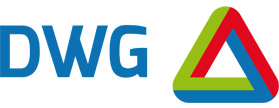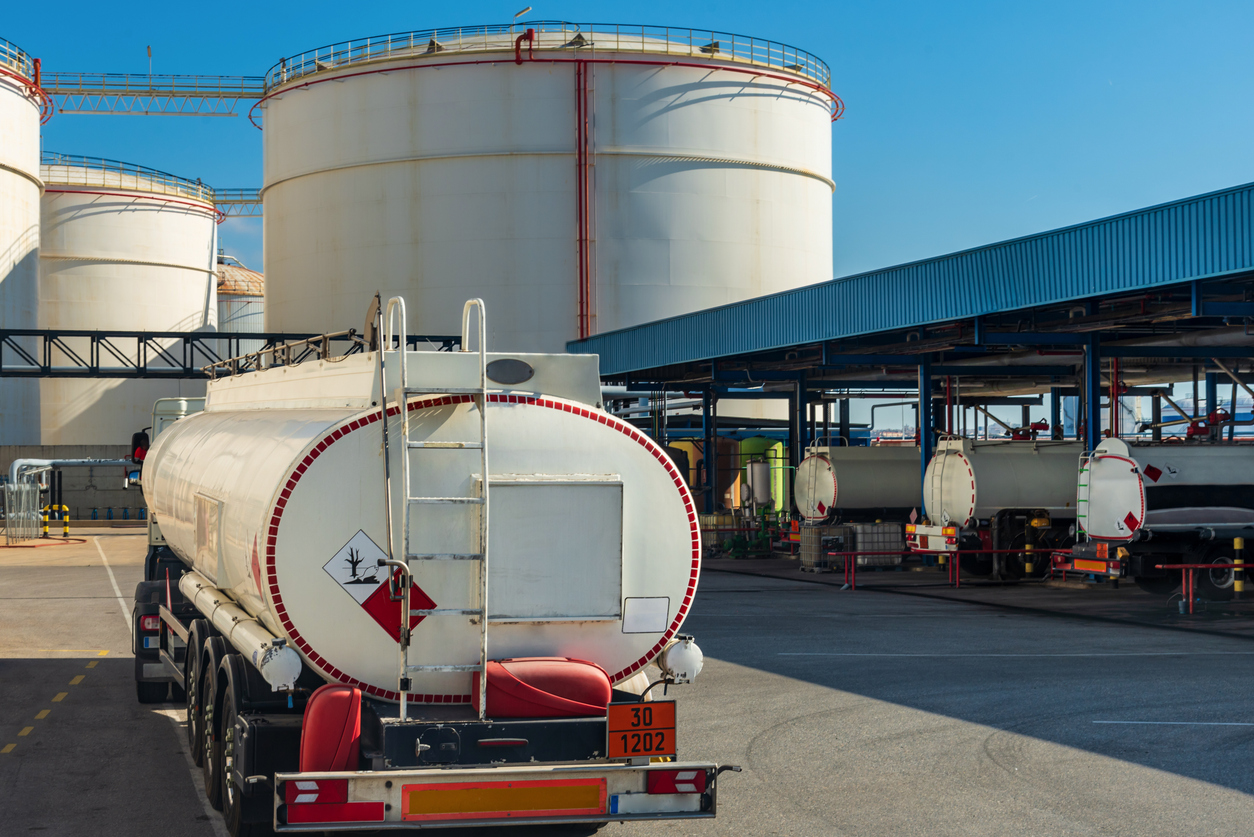A brand-new Tank Truck Loading Rack for oil transhipment. One of our customers is an important link in the logistics chain within the Port of Rotterdam. The extensive storage facilities have a combined capacity of more than 3,500,000 m³. A loading rack (Tank Truck Loading Rack) is used for transhipping all the products. The current loading rack was installed several years ago and needed to be replaced. That was when DWG came into the picture.
100% safe and efficient transhipment of oils
Our customer tranships the products to ships, trains and trucks. An indispensable component within this process is a massively strong loading rack: the Tank Truck Loading Rack (TTLR). The current TTLR was built in the 1990’s. It consists of several loading stations, of which some are in use. After many years of faithful service, the current loading rack is to be replaced by a new unit. The new loading rack meets all the safety requirements. In this case study, we talk in detail about how we designed and installed the new TTLR in collaboration with our customer.
Cross-discipline collaboration
DWG was entrusted with all the functional and operating aspects of the new TTLR. In other words: DWG was responsible for the project plan, the cost estimate and all the detail engineering and automation. Nearly all the departments within DWG were involved in the project: process engineering, hardware engineering, software & IT engineering and industrial automation. Together, we produced several design documents that resulted in a completely effective and safe truck loading system.
Here's what we pulled out of our hat for this customer
- Preparation of a BOD (Base Of Design) and a URS (User Requirement Specification);
- Creation of a P&ID design in COMOS;
- Creation of the data sheets/requisite equipment document;
- Performance of various process calculations relating to flow, water hammer and pressures;
- Preparation of an electrical engineering block diagram;
- Preparation of a network block diagram;
- Creation of the detail engineering designs for the circuitry and the control boxes in Autocad Electrical;
- Performance of various electrical calculations relating to cable sizes, selectivity, short-circuit loads and heat loads;
- Preparation of location drawings and electrical components;
- Preparation of an OCF, functional design, technical design and FAT protocol, and
- Creation of the software in Siemens PCS7.
The most challenging aspect of this project? An existing installation that was in operation had to be converted within one day. This required a great deal of front-end preparation and, of course, numerous and very comprehensive tests. DWG also coordinated all the IT aspects. As for the truck loading aspect, several stakeholders were involved in the process.
Curious about what that challenge entailed? The physical conversion work for the project had been completed in the preparatory phase. On the day itself, opening and closing valves was all that was required. This sounds easy, but would not have been possible without an enormous amount of preparation and thought at the ‘front end’. On the day of the conversion itself, a lot of re-routing and test work was done, mainly in relation to communication (i.e. the network). For example, the customer’s accounting system, in which tests and trials had to be carried out for multiple suppliers and several carriers. The goal, among other things, is to not lose products from an accounting point of view. The difficulty here was that each party has its own system, which also speaks its own language. DWG created several translation tools to ensure that the different systems were able to ‘understand’ each other.
The result
This new TTLR is ideally suited for loading various new products. One of the unique aspects of this new situation is the presence of pipelines to the TTLR that are only used by a specific customer.
The vapours escaping from the truck during loading are collected and routed to a Vapour Recovery unit (VRU). We also considered the additives area where the various additives for the products are stored and transhipped. Our recommendations here take into account current regulations. The additives area will be replaced by new dosing skids (additive container with a pump on a skid).
- Multiple customers on same loading rack;
- Multiple products at one loading location;
- Multiple additives on a loading arm;
- Inline product blending capability;
- Fully driver-operated loading;
- Fully automated paper flow and
- Clear on-site logistics support for drivers with a display showing current loading times and waiting times.
DWG conceived and developed the concept in terms of Process Design, Electrical and Automation. Loading system integration with Toptech. Supervision of total system integration with the aid of Navision/Qino/PCS7/Toptech. Implementation of the PCS7 automation and interface software between Toptech and Qino (TMS).
Interested in a meeting? We'll be happy to oblige!
Are you looking for software or hardware specialists? Or a consultant who takes the time to help you get to the bottom of your issues? We would love to hear your story! Simply contact us for a productive meeting over coffee.



